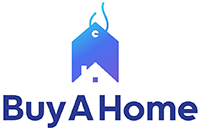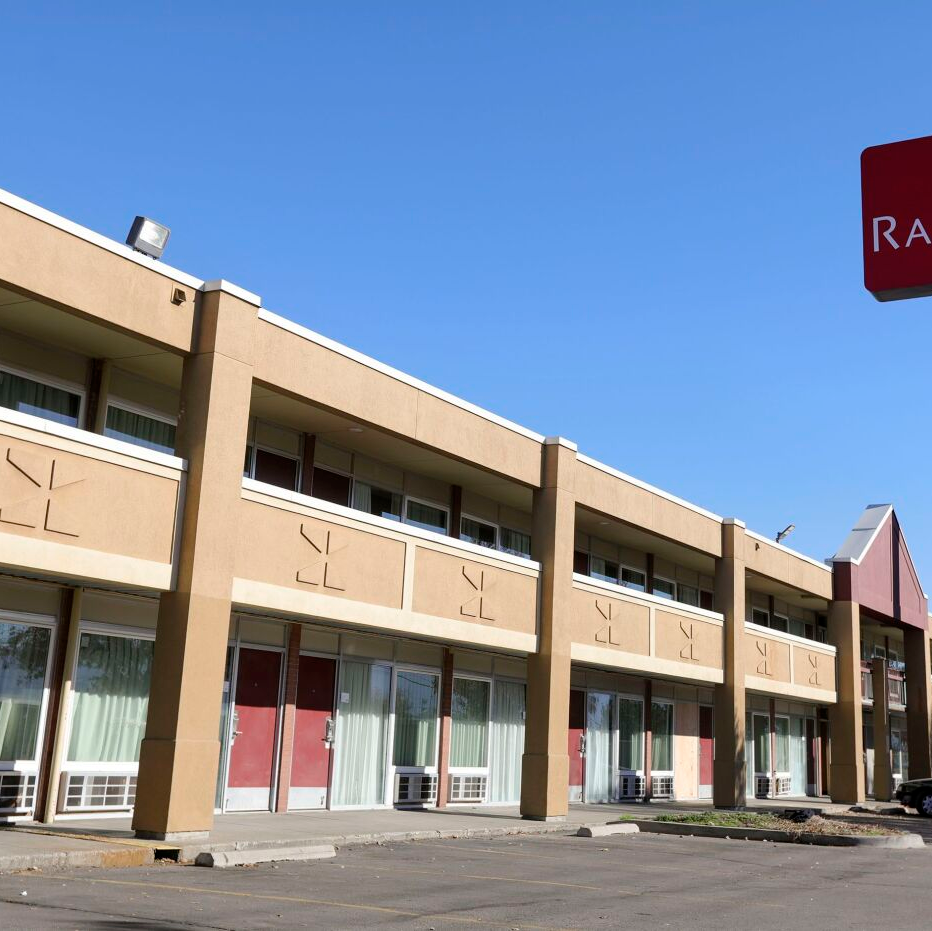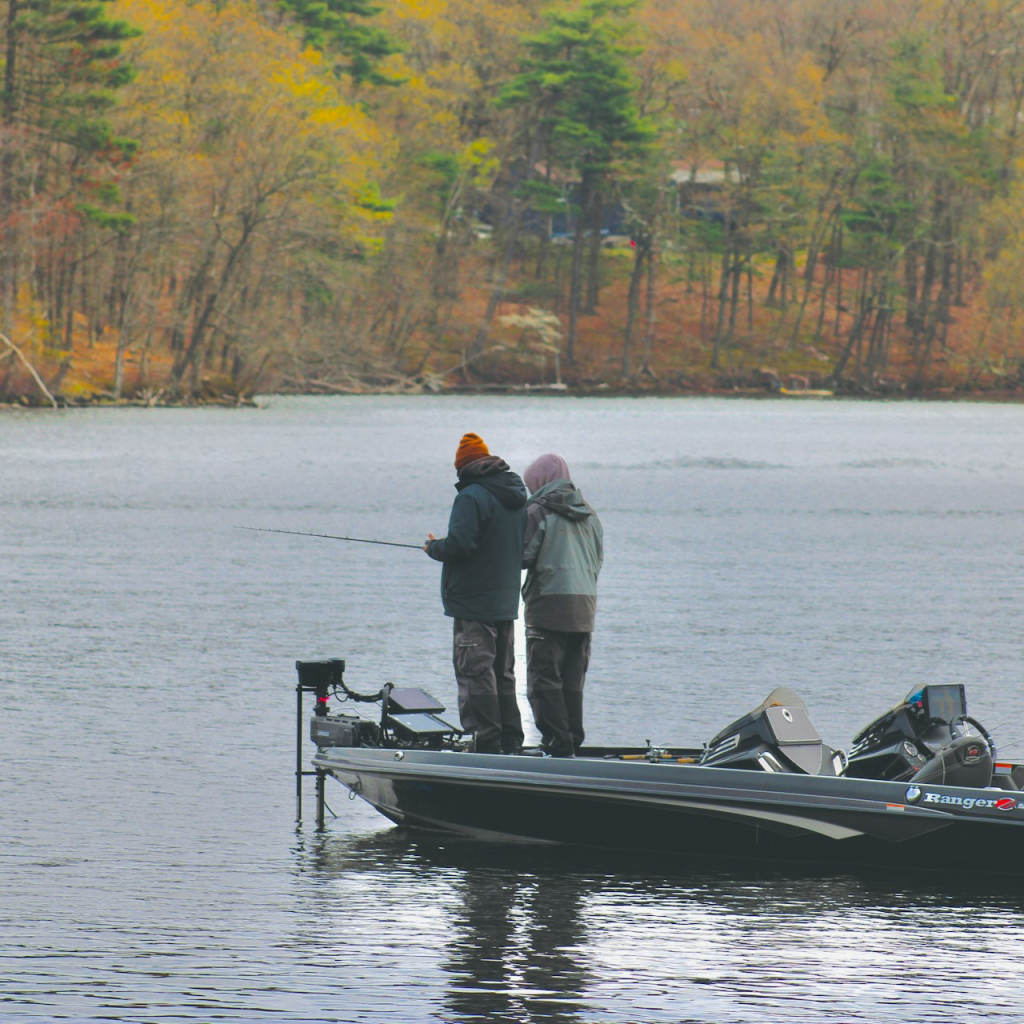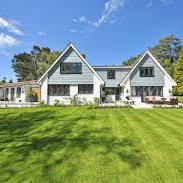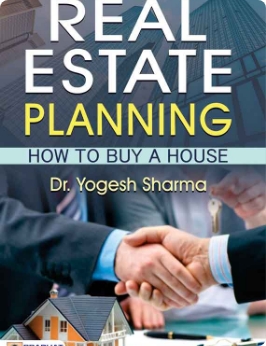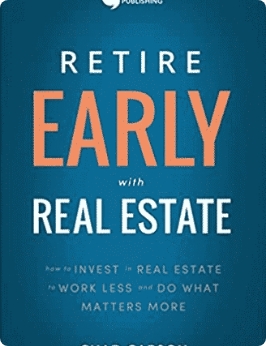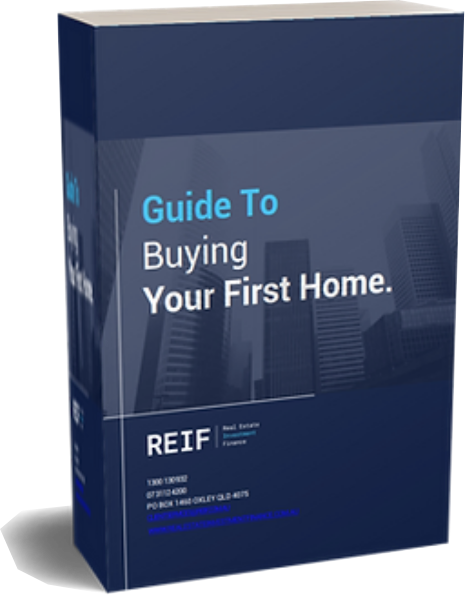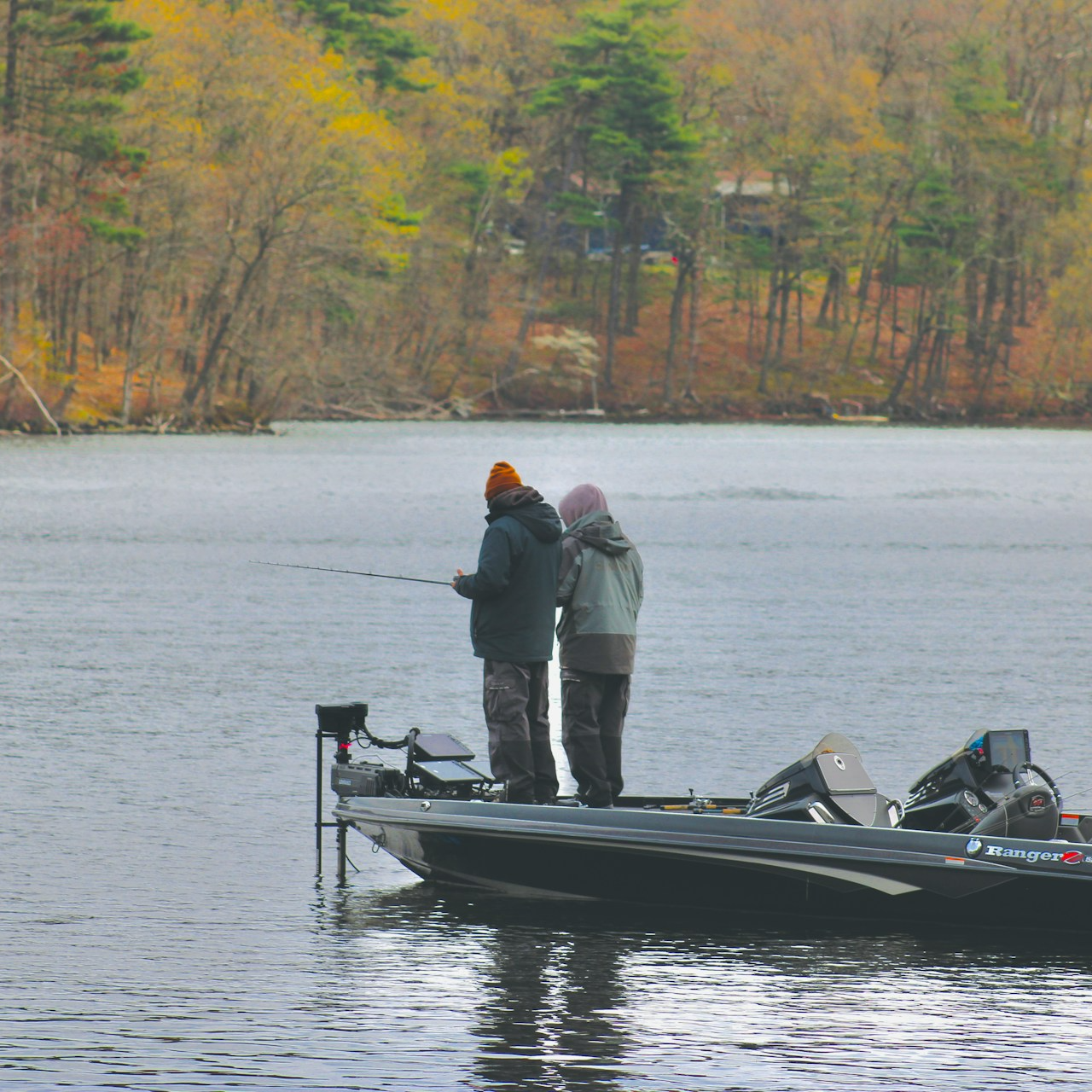Five Salt Lake City developers received tax credit funding from the state’s housing organization. One is the sole low-income housing project on the city’s east side, while another might reduce Glendale’s commercial space.
The projects are part of Utah Housing Corporation’s awards process, which helps private developers and nonprofits build affordable housing around the state. This investment round will lead to more than 300 affordable housing units for persons making $20,000 to $40,000 a year.
Victory Heights
Victory Heights at 1060 E. 100 S. is a unique move toward low-income housing equity in the capital. The city ideally wants mixed-income housing in all communities, but that has yet to happen due to zoning, local resentment, and costly land and building costs.
It would be east of 700 East’s lone low-income housing complex. A former hospital would be turned into 88 affordable houses. Cheap housing arm is proposing the proposal. Blaser is a prominent Post District and Granary District landowner. (this needs some help … “cheap housing arm”? … makes it sound like it’s an organization. Who is Blaser? Then the next sentence below repeats the 88 affordable thing, but houses versus apartments)
This aims to convert the medical facility into 88 affordable apartments for persons making up 43% of the median income of Salt Lake County.
Glendale Gardens
Another proposal will transform a commercial property in Glendale into 120 affordable flats for persons making 60% AMI. (what is AMI? spell it out first before you do an acronym) Glendale Plaza (or Gardens?) features a Family Dollar, an insurance office, and Jugos Y Tortas el Padre.
It’s the second internal business area to be converted into residences. Tejeda’s Market shuttered earlier this year and was sold to developers to build 59 townhomes. Developers looking to sell property and plans did not reply to calls for comment.
Peter Corroon (who?) stated shop space is doubtful in Glendale Gardens.
Corroon said, “We considered including retail, but investors prefer something other than cheap housing and need a condo or master lease arrangement.” There is a 5% bond allocation and an Olene Walker Housing Loan Fund loan instead of 10% tax credits. Because the project didn’t obtain 10% credits, rents were raised from 45% to 65% AMI with no homeless apartments.
Ballpark: 1512 South Apartments
1512 South Apartments 300 West will continue the change from a car sewer with auto-centric enterprises to a vehicle sewer with dwellings. The flats would be reasonable in price for those earning a meager income under county rules. The proposal would add affordable homes near Gail Miller Resource Center in Ballpark.
Stratford Apartments
This may be rehabilitated to accommodate 46 affordable flats over the next 50 years. The Stratford Apartments project earned $1.13 million from the state.
Shawn McMillen, Executive Director of First Step House, which houses low- and no-income drug addicts and mental health patients, applied. This region west of the railroad tracks and east of I-15 might get housing. The Giv Group is noted for its cheap Salt Lake City developments.
It’s too early to tell if this project will resemble the Hardware District apartments across the tracks. The project received $2.7 million to build flats accessible to persons making 43% of the regional median income.
Guadalupe/Fairpark
It has been proposed to construct 80 affordable housing apartments at 509 W. 300 N. in the Guadalupe/Fairpark neighborhood, which is adjacent to Capitol Hill and is served by the same community council.
A warehouse would be demolished and new homes built in this region west of the railroad tracks and east of Interstate 15. The Giv Group, responsible for several successful low-income developments in the Salt Lake City area, spearheads this endeavor.
It’s too soon to tell if the homes in this development will be like those in the Hardware District, which is just across the tracks. The residents of that area are notorious for ignoring the convenience of nearby public transportation.
$2.7 million was allocated to finish the units, making them affordable to those earning 43% of the region’s median income or less.
Across Utah
These were Salt Lake City-specific prizes, but millions went to corporations and NGOs striving to bring low-income housing to the Wasatch Front and the state.
Salt Lake County’s capital city attracts the most low-income housing. That’s likely because suburban zoning makes building linked homes difficult or impossible elsewhere.
Contact Information:
Email: [email protected]
Phone: 4155557890
